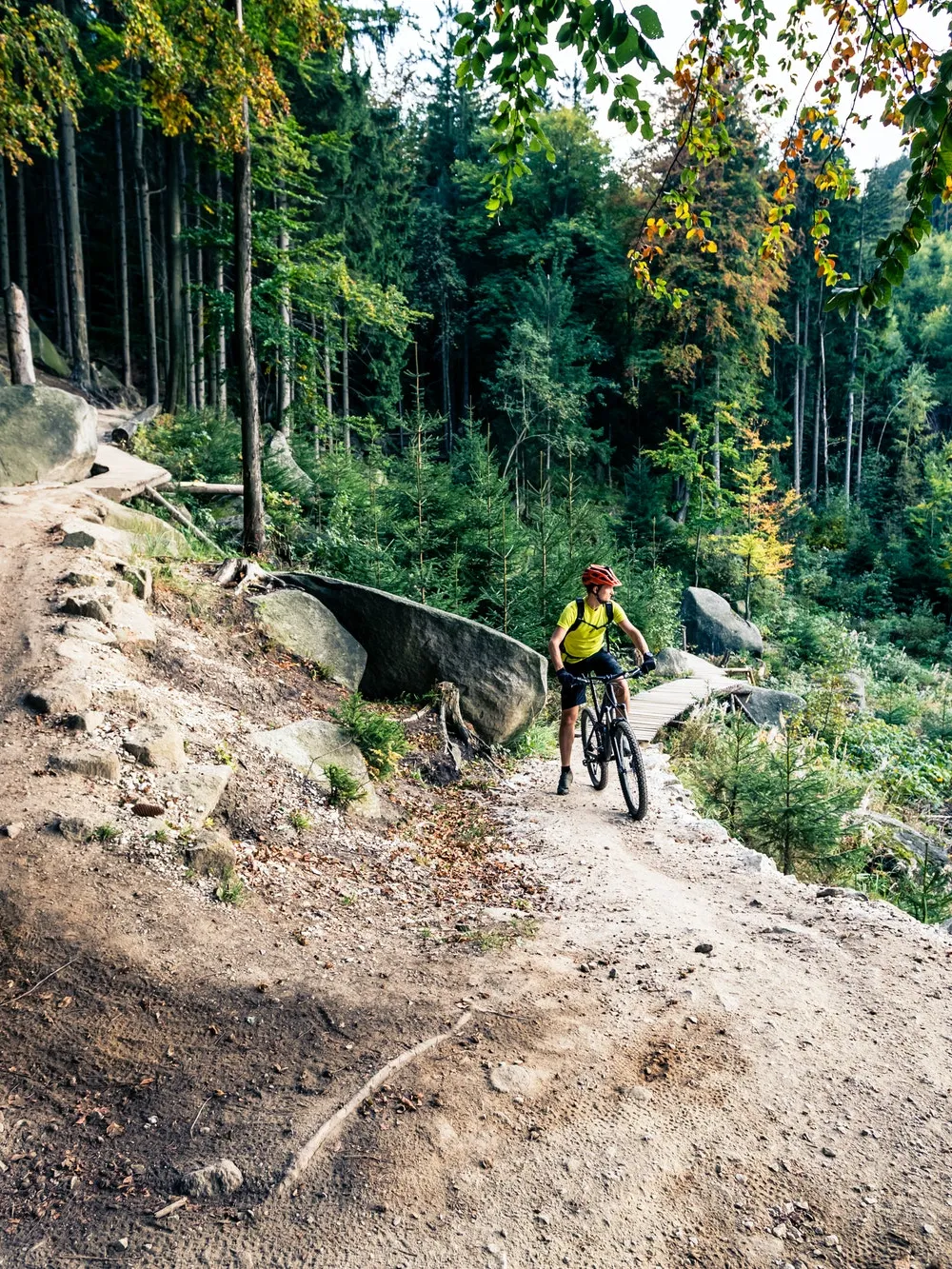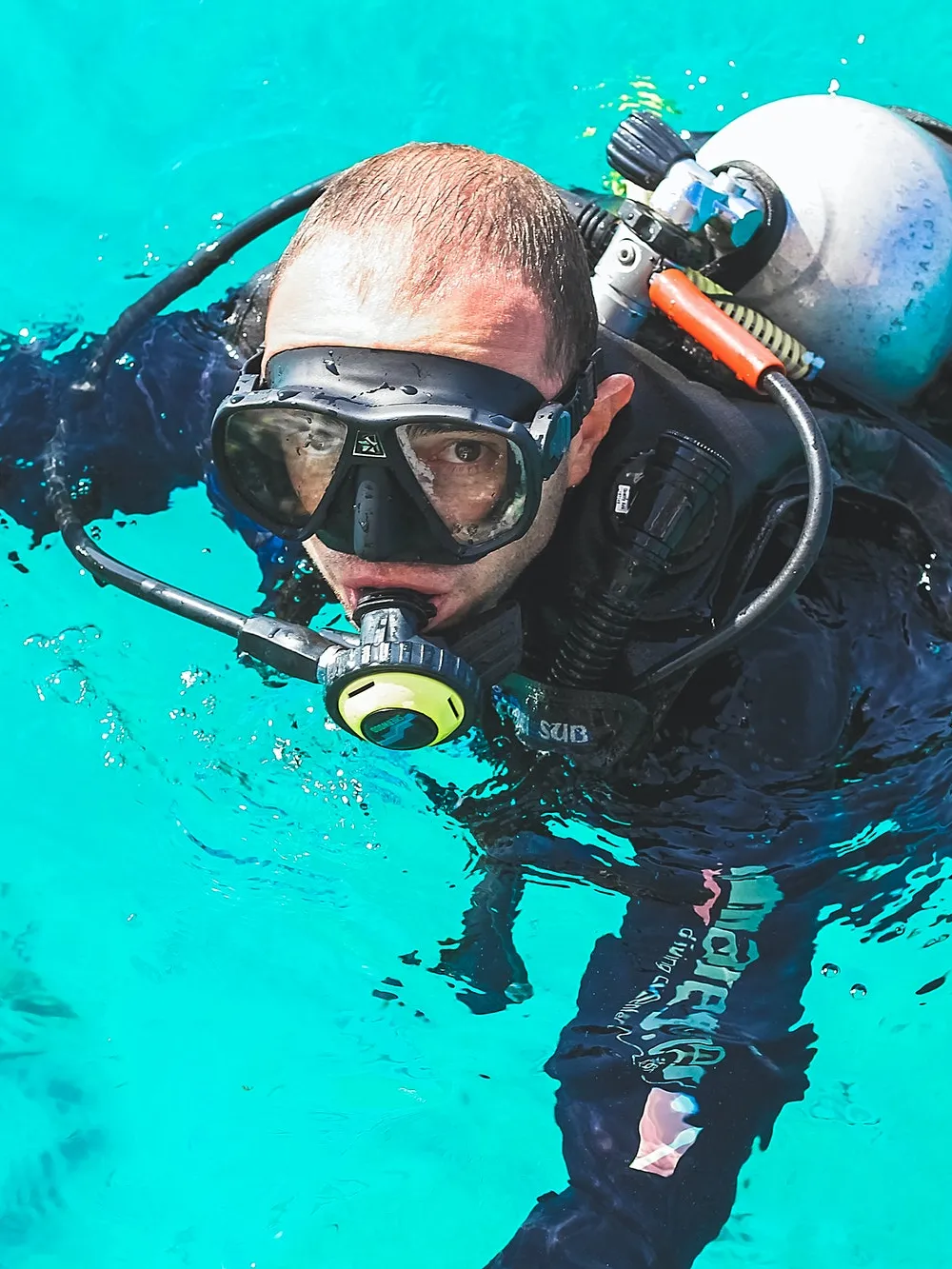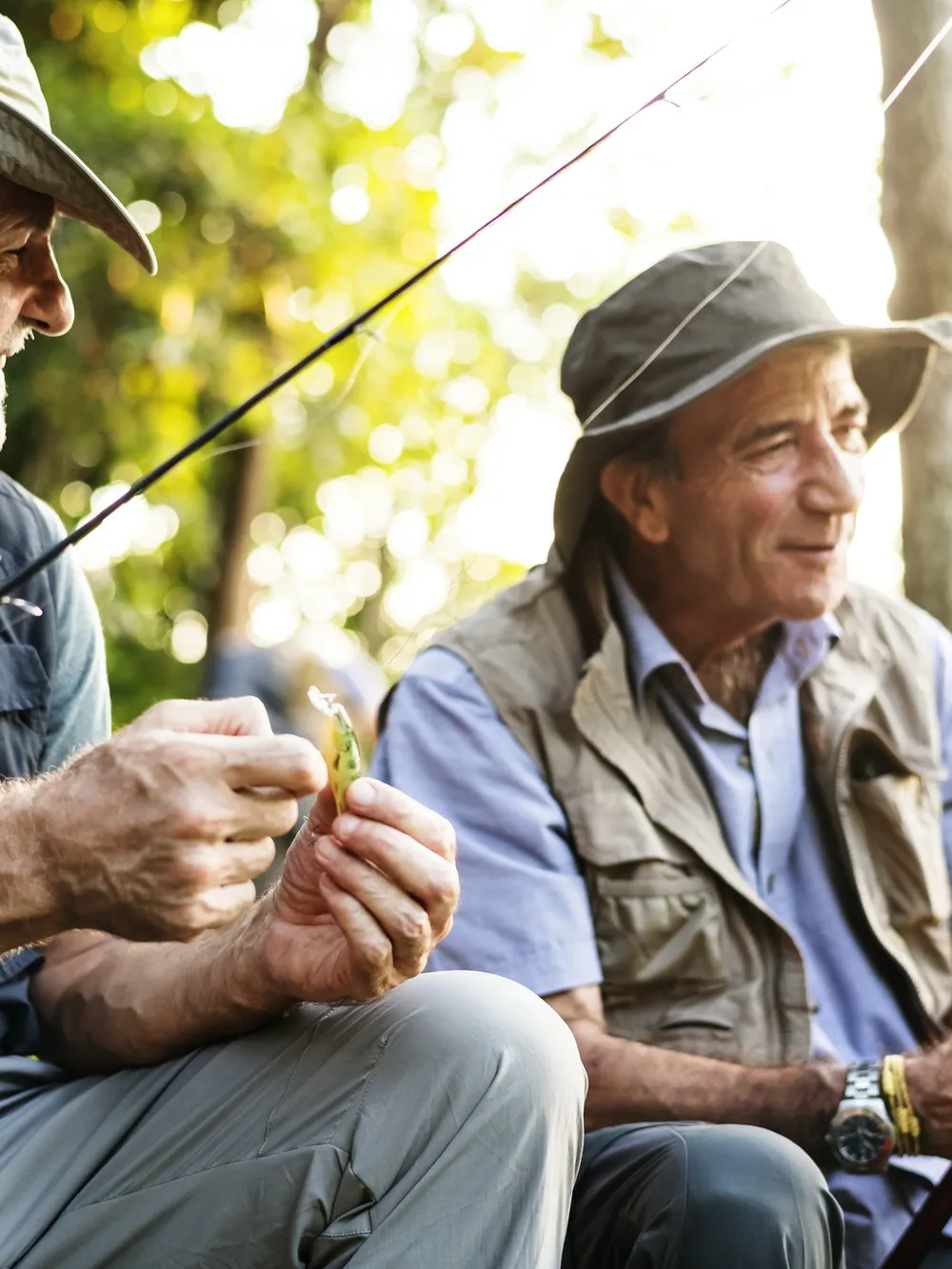Podstrana is an interesting part of the Mediterranean climate with multi-layered cultural and historical heritage and opulent tradition which pulsates together with the rhythm of the modern times. It is situated on a picturesque ecologically preserved eastern part of Splitsko-dalmatinska County, just 8 km away from Split. Facing the sea, it spreads over the foot of 533 m high Perun hill and follows a 6 km long intended coast. The inhabitants of Podstrana inherited the natural beauties, mild climate and picturesque landscapes of their region.
On the mild slopes gradually dropping to the sea the wreaths of olive trees string up along with dry stone walls and peach plantations surrounded by the vegetation of self-grown macchia and bush like yellow Spanish broom. In the immediate vicinity of Split, Podstrana is becoming an elite suburb, an attractive tourist destination and a place of cheerful and friendly inhabitants.
In its touristic offer it has 2520 beds of which one part are hotels, and the other private accomodation.The Le Meridien Lav, a high-quality hotel complex offers a wide range of luxurious and modern accommodation. This prestigious five-star hotel, situated on a perfect coastal position overlooking the sea, Split and the nearby islands is the sole representative of the middle-Dalmatian international chain and offers the greatest selection of conference arrangements on the Adriatic.
Within the relief zone of the entire Podstrana area, three parallel morphological units significantly differ from each other: 1. lime-stone mountain-ridge, 2. flysch slope and 3. coastal alluvium.
The Perun lime-stone mountain ridge is the highest and most outstanding position with an average height above sea level of some 450 m. The Perun ridge steeply descends around 100-170 m in a south-westerly direction and in some places ends with diluvial rock scree (“turner’s lathe”) which cover the bond with the nearby flysch slope.
The Eocene flysch slope, as a second morphological unit, is the most widespread in Podstrana. It is slightly inclined (on average by 15º) from the scree at the bottom of lime-stone ridge to alluvium by the sea shore and the Žrnovica River’s lower flow.
Coastal relief continues in the Brač Channel’s underwater. The bottom, which reaches some 30 m follows the flysch slope’s inclination (some 15º) and then very slightly is inclined towards the centre of the channel where only a few positions surpass a depth of 50 m.
The average temperature of the surface layer of the sea in front of Podstrana is 17.5 ºC. During the winter months the sea temperature varies from 12.5 to 13.0 ºC, and during the summer between 23.0 and 26.0 ºC. The surface sea layer salinity near the Podstrana shore varies from 36.0/00 during the winter up to 38 0/00 during the summer. The surface sea gulf by the shore moves in a southeast to north-westerly direction.
TERRAIN AND FLORA
Under the influence of the geological structure, relief, climate and vegetation in the Podstrana area, and with regard to the three geo morphological units, specific terrain types have developed. The lime-stone is subject to chemical erosion when insoluble component mineral parts, such as red soil (“terra rossa”) remain in the fissures and cavities. As the mineral component part in the lime-stone area is relatively low, only 1-3%, notwithstanding more than ten thousand years’ of chemical erosion, a relatively small amount of red soil has accumulated in these karst fissures. However, it has provided a foundation for the spread of a covering of vegetation from which brown and black earth has developed on the surface above the red soil.
Barren land with low grass cover prevails along the steep slopes of the mountain ridges landscape with aromatic bushes and unconnected trees of Aleppo Pine (Pinus halepensis) whilst the ledge above is rocky ground with low grass and conifer bushes. The remains of oak trees on the area of old Podstrana enables us to conclude that before this area was inhabited, the flysch slope was covered with Downy Oak forests (Pubescent Oak, Querces pubescens). Besides the pine tree, Spanish Broom (Spartium Junceum) is also very widespread here.
Since the ancient times Podstrana has been an attractive location for dwelling thus many antique rustic villas, Renaissance country houses and palaces emerged on the gentle slopes of Perun. Due to its harmonious nature distinctiveness in ecologically preserved surroundings Podstrana is proved to be the most desirable logging area. Nowadays, it is quickly expanding, becoming populated by new inhabitants and therefore turning into an elite suburban Split area. Throughout the history, this area of stone, sea and the sun, situated on the sunny side of the old Republic of Poljica has been changing the outlook and the structure of this locality and its inhabitants who have left many interesting traces of their existence.
The first known inhabitants of Podstrana were the Illyrians, the members of the Dalmati tribe. In the end of the 1st century the Romans founded the oldest settlement on this lively area and called it Pitunium. With the arrival of the Croats, the villages emerged on the mountain slopes mildly sinking into the sea. The oldest village Gornja Vas, facing the sea and the sun, was established in the immediate vicinity of the Mura spring-water.
In the year 839, the first Croatian peace contract (historical mare nostrum (our sea)) was signed between Croatian duke Mislav and the Venetian dodge Peter Tradonik after the victory of young Croatian state over Venice. It was signed near the church of St Martin in Podstrana.
The original area of Podstrana is Stara Podstrana (the old Podstrana), a longitudinal group of centuries-old houses situated below the steep rocks of Vršina with the spirit of the past pulsating throughout their courtyards and lanes. The life of Podstrana poured down to the coastal area where the urbanized settlements of Strožanac, Grljevac, St Martin and Mutogras string up today. By connecting them in an uninterrupted group, Podstrana embraces the sea and forms numerous playful sandy bays and beaches followed by hotels, board and loggings and hostels surrounded by nursed plantations of the Mediterranean plants.
The renewed summer residence Cindro discovers the beauty and harmony of the stony facades rising above the century-old carefully looked after garden. The two sanctuaries of St George’s shrine situated at the top of the hill dazzle in touch with the sky as two magnificent spiritual footholds of sacral early Croatian heritage. The present-day Podstrana inhabitants are proudly taking care of the traces of the past: stone fragments, distaff-shaped bell-towers, neat rosettes, sculptures, reliefs, altar pictures of faithful patrons which present the link between the spirit of tradition and the permanence of our times.
MONUMENTS
The entire old village, Ružin palac, Cindro house, Cindro family emblem, St. George’s Church and cemetery above the village, St. George Perun’s Church, Our Lady’s marble statue, St. Anthony of Padova’s 18th century statue. St. Anthony and Rochus’s Church and surroundings, the parish church in old Podstrana. Inscription on the Parish Church Sanctuary, other monuments (altars, paintings) inside the parish church, St. Fabijan Church, Stone arch inscribed with Bosnian Cyrillic, formerly Dušica’s chapel, general village cemetery and remains of the Antique villa close to the Our Lady in Sita.









